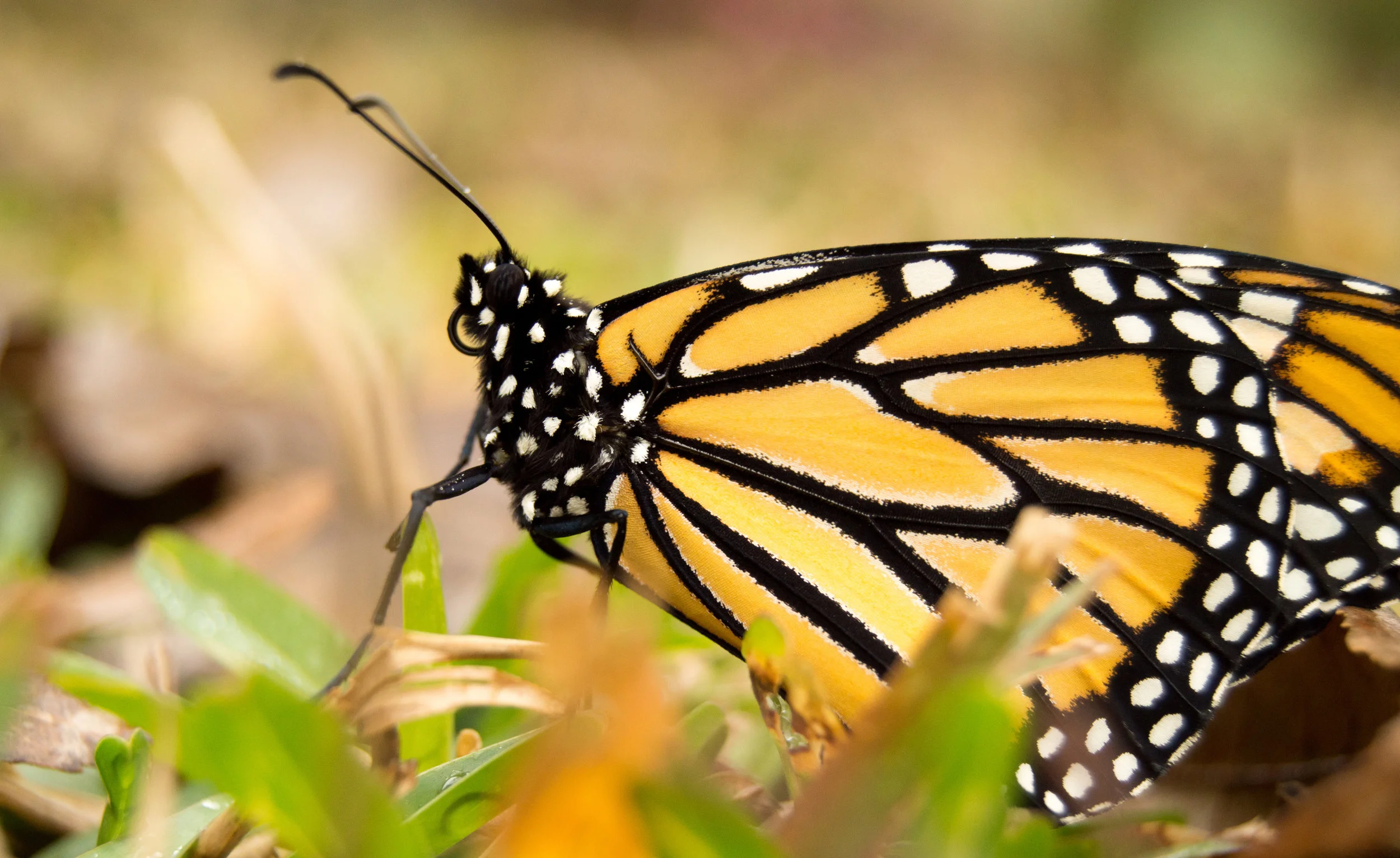Another Spectacular Sunset at People’s Park
/My first week on the job at the Art and Nature Center last summer, I was asked where the best place to watch sunsets on Washington Island is. Without a doubt, the answer is People’s Park off Little Lake Road. The sun drops behind the clouds, the bay, through the silhouetted cedar trees. Every night is a different kind of art project. Sometimes the sky is brushed with subtle pinks and purples in glossy water color. Other evenings, clouds are outlined in neon acrylics.
The color of the sky is determined by the distribution and disturbance of the light rays on our earth’s atmosphere. During the daylight hours, gas molecules in the atmosphere, mostly oxygen and nitrogen, cause sky to appear blue. At sunrise and sunset, however, the sunlight travels a longer path through the atmosphere before it reaches our eyes, removing most of the blue and leaving red and yellow light. Cloud help enhance sunsets because they act as a canvas for the sunlight. Because clouds are made up of particles that are much larger than visible light waves, they takes on the same hues as the incoming light.
Last Monday, the sun first set behind a cloud casting a rose-gold outline along the clouds turreted ridge. Then, the sun reappeared beneath the cloud: a glowing red-pink disk. In all my years of sunset-watching, I had never seen a sunset quite like this. With picnic tables, People’s Park a great place to bring a meal and watch the sunset. On some days, there large groups attending to the sunset. While I love watching the sunset anywhere, anyday, there something special about watching it with friends and strangers at People’s Park. Usually, at the moment of sun’s last rays bending over our corner of the earth, a hush settles over the crowd. A collective sigh.
What is it about the transient, celestial beauty of sunset (or sunrise, for that matter) that captures our imagination? I could come up with my own theories, but I love how poet Eloise Klein Healy describes it in her poem “Beach at Sunset.” First, she smartly acknowledges sunsets are dangerous territory for poems ( “All the clichés for it sputter”), and then she notes the specifics of the sunset she watches:
“what attracts me anyway
are these four species of gulls we’ve identified,
their bodies turned into the wind,
and not one of them aware of their silly beauty.
I’m the one awash in pastels…
When we are oohing and ahhing at the sun, we are caught in its light.

